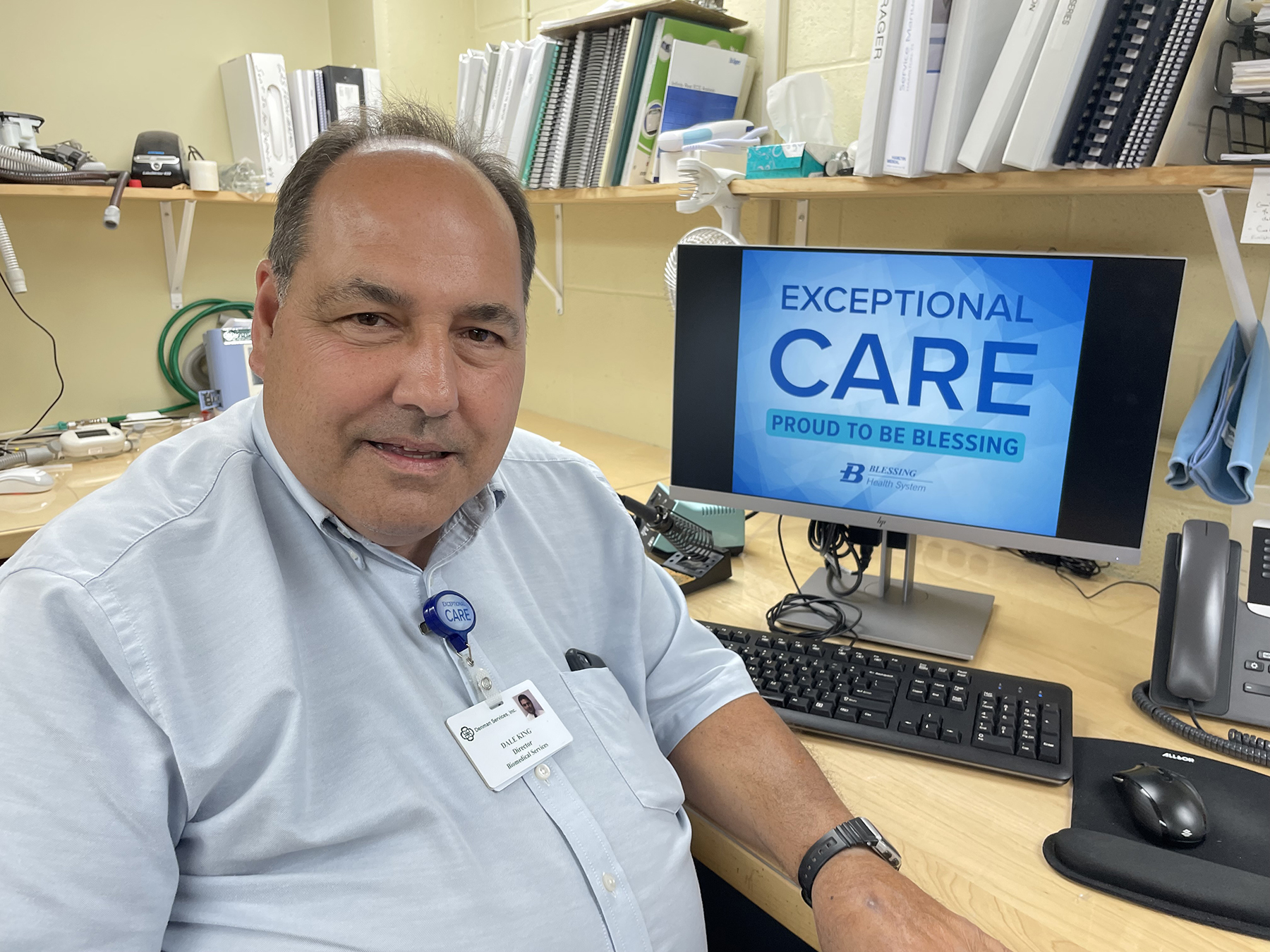
“We kind of brushed it off,” Sherri admitted. “The kids get a sore throat and they get over it. It’s no big deal, right? You’ve been seen and given medication. At the end of 10 days you think, ‘Well, I’m done with the medicine. I should be feeling better here pretty quick.’”
Not Dale. In fact, shortly after ending his antibiotics, his condition was worse, Dale and Sherri just didn’t know that.
“I was outside the house doing some things. I fell and struggled to get up. I lost my strength to get myself up off the ground.”
Dale was able to stand up eventually, but did not tell Sherri of his experience until the following day when he was feeling no better.
When he did tell her, Sherri brought her husband of 46 years to the hospital where a battery of tests determined his strep throat had progressed to pneumonia and sepsis.
What is sepsis?
Sepsis is the body’s overwhelming response to infection. It can lead to tissue damage, organ failure, amputations and death. Sepsis kills 350,000 people each year in the U.S., 1 every 2 minutes.
To remember the symptoms of sepsis, think of the word TIME:
T = Temperature. Higher or lower than normal.
I = Infection. May have signs and symptoms of an infection.
M = Mental decline. Confused, sleepy, difficult to awaken.
E = Extremely ill. Severe pain, discomfort, shortness of breath.
Sepsis is sneaky because it may appear as a common infection or other medical condition like strep throat, as it did in Dale.
The sepsis was attacking Dale’s kidneys. They were functioning at 30% of normal when he presented to the Emergency Center.
“It came upon me fast. People don’t realize how quick this happens,” he said.
Dale was admitted to the hospital and taken off the maintenance medications he took daily as so many people do, until his caregivers could figure out the extent of his condition.
And while in the hospital, Dale experienced atrial fibrillation, an irregular heartbeat.
Dale’s recovery from sepsis
Dale’s care team was on top of the situation.
Blessing Health developed and uses a sepsis surveillance program that helps caregivers identify sepsis as early as possible. The program features sepsis-specific training for bedside caregivers supported by the latest patient monitoring technology.
Laura Weigand, BSN, RN, CCRN, TNS, Quality and Performance Improvement, was a driving force behind the sepsis surveillance system and treatment protocol at Blessing Health. Her late husband, Travis, was hospitalized with sepsis for nearly two months in 2016 and suffered two amputations because of the effects of the disease.
Dale was in the hospital for a week but had to follow up with specialists for many months, including a cardiologist, pulmonologist and nephrologist. Today, a year later, Dale is still not able to take all the maintenance medications he took before the sepsis hit him because his kidney function remains impaired, at 50% of normal.
“It really knocked me down,” Dale – the director of Denman Biomedical Services for nearly 50 years said. “It’s taken me quite a while to recoup from this.”
“It’s been a little bit surprising how long it has taken to come back to normal,” Sherri added. “We didn’t realize just how bad it was.”
Lessons learned
“If your sore throat has not improved at the end of the 10 days – like they say – follow-up with your physician,” Sherri said.
She added that she had read an article before Dale’s sepsis about how mutations in the strep infection were making it harder to treat.
“I had even warned my daughter-in-law that if the kids get a sore throat to keep an eye on it. We didn’t even give it a thought that Dale would have that kind of strep, or something that would go even deeper.”
“I’m glad we caught it early. It’s too bad it even got as far as it did, because sepsis can be fatal. But they caught it early enough to reverse it,” she concluded.
